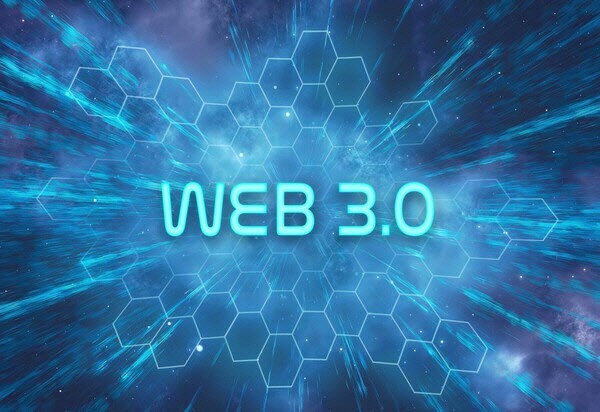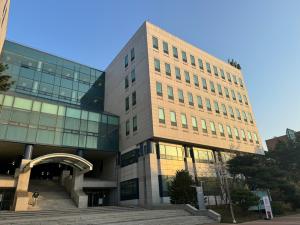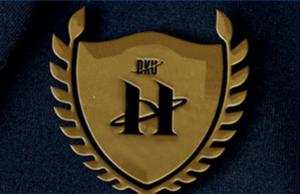The World Wide Web (WWW) was invented in 1989 by Sir Tim Berners-Lee. Berners-Lee, a British computer scientist, wanted to create a network where scientists could easily share experiment data. With the growth of cryptocurrency, NFT, and its underpinning ‘blockchain technology,’ in which data is stored across the entire network of computer systems to prevent it from being altered, ‘Web3’ is evolving to a place where this technology is the norm. It is rapidly being considered the newest platform for content or a ‘customized web’ for machine and deep learning.
 |
| ▲ Web3 will be used in many field of technology. (Photo from Edaily) |
The WWW, also known as ‘the web,’ is a space on the internet where users obtain various forms of information through browsers and access web pages connected by hyperlinks. Web1, the first era of the web, began in 1990 and continued into the early 2000s. In this version, users were met with static pages and consumed content accessed via the web. The internet mostly contained personal web pages via hosting services such as ‘Tripod’ or ‘GeoCities’ which enabled users to freely make content. It was also the era of ‘open protocols,’ meaning that websites were not owned by a single company. This was advantageous because the information was decentralized, but users found it difficult to navigate the web since the content was all individually created. Web2, which has been in operation since the mid-2000s, is what internet users mostly see nowadays. Users are now content creators and consumers by creating profiles and accounts or commenting on content. Participation and interaction create a unique user experience. The main factor about Web2 is that almost every website is based on a ‘platform’ such as social media, blogs, and wikis. Closed platforms such as Google, Facebook, and YouTube make it easier for users to navigate the web. However, the downside is that these corporations monitor and use the data provided by users. Also, it is difficult for individuals to manage personal data. Both Web1 and Web2 are based on the concept of organizing to approach the web.
Web3 is developed with the individualization of content and contains an intelligent and personalized web. This means that only one person can judge and deduce all things at the center. Because it is based on blockchain technology, Web3 includes decentralized systems and token-based economics such as NFTs. Web3 distributes and keeps user information in users’ terminals through a decentralized system and as a result, prevents this information monopoly from exploitation by some businesses. Web3 is a fresh digital vision that uses an open-type blockchain protocol. Open-type blockchain protocol enables users to upload their posts and create economic profit without a site mediator or operator. Some experts and the public still wonder why Web3 is needed. Web2 also focuses on ‘user-generated content’, but the biggest difference is that consumers remain the owners of their own information. Consumers can control people who make a profit from their own information. It enables individuals to become the real sovereign of their data and provides a more equitable internet.
Web3 will have a significant impact on modern society. The resistance of big tech companies, which make a profit from collecting consumer information, is growing and at the same time, new cyber technologies such as NFTs, blockchain technology and the metaverse are being disseminated all over the world. As a result, the necessity of Web3 is increasing rapidly. Moreover, in a society where personal information can be an asset, a blockchain’s system distributed data and content storage can reinforce personal security.
 |
| ▲ Elon Musk expressed his opinion on Twitter. (Photo from IT Biz News) |
As the concept of a Web3 evolved, interest groups began voicing different opinions on the shift in technology. Paying attention to its high growth potential, investors and corporations are making efforts to develop and utilize Web3 in delivering content and the decentralization of the web. An influential venture capital firm Andreessen Horowitz, one of the biggest investors in Web3 projects and startups, said that this new web will provide users with an advanced internet world that helps us retain leadership in competitions, provides new opportunities for everyone including those on the margins of the innovation economy, and makes it possible for users to take control of their digital lives. However, some are skeptical about the future of Web3, speaking out about its existence and decentralized nature. Tesla CEO Elon Musk said, “It seems more of a marketing buzzword than a reality right now”, and followed up by asking “Has anyone seen Web3? I can’t find it.” on his SNS account. Twitter co-founder, Jack Dorsey replied “It’s somewhere between a and z,” and criticized the venture capitalists behind Web3 by saying, “You don’t own Web3. The venture capitalists and their limited partners do. It will never escape their incentives. It’s ultimately a centralized entity with a different label.” At the same time, some experts are expressing concerns about the side effects of a decentralized web saying, it will be difficult to hold users accountable for the spread of illegal and harmful content. Along with such criticisms, technical problems including expensive transaction fees, technical complexities for ordinary people, scalability, and security issues also remain.
Though Web3 is still an abstraction, and people who oppose the current direction exist, it’s an undeniable fact that Web3 is a concept receiving much attention in the technical field. Protecting individual ownership for content creators and strengthening security against the use of personal data by big tech firms through Web3 will bring huge advancements in the web world. Corporations and developers should get ready for a quick response to the rapid technological progress or risk being left out in the cold.
이채현, 김혜선, 김서연 dankookherald@gmail.com






